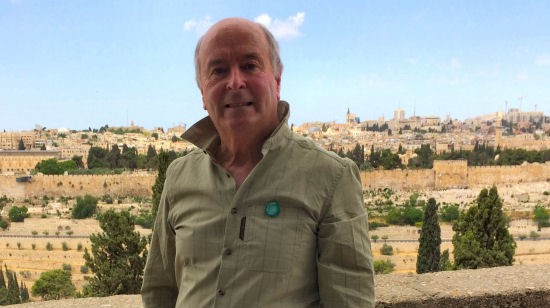

Welcome to my website in which I share my thoughts, sermons, hymns, publications, articles and letters to the press over the years. I hope this may become a form of witness to the nature of Christianity and to the personal reality of Jesus Christ and a ministry to quietly seeking spiritual souls. The content of my Christian calling is a contradiction to contemporary atheism, to two hundred years of western academic theological scepticism and to current liberal social and cultural values.
I retired in April 2017 as Minister of Blackburn and Seafield Church in West Lothian after 19 years there. Before that I was Development Officer at Carberry Tower in East Lothian. From 1989 to 1994 I was Chaplain to Edinburgh University. I had gone there from being Minister at Overtown in Lanarkshire. Between 1980 and 1986 I was a tutor in theology at St Paul’s College, Limuru, Kenya, where I was Dean of Studies twice and Head of Theology and Philosophy. I graduated MA BD (1st Class Honours), and was Cleland and Rae Wilson Gold Medallist at Glasgow University. I also graduated D Phil at Oxford (Hertford College) in 1978.
I was born and brought up in Kilwinning, Ayrshire. I was called to the ministry in 1966 at the age of 19. I have detailed my spiritual journey and indeed spiritual travails up to 1996 in Intimations Of Love Divine (Leaping Salmon, 1996). I also published Stop The World, I Want To Think (1998), Who Cares Wins (2001), Changes in Spiritual Freedom in the Church of Scotland 1980 to 2005 (2005), The Church of Scotland Ministry Disciplinary Proceedings, the New Testament, Natural Justice and Human Rights (2011) and a collection of Hymns Grains of Gold (2012) and its 2nd edition (2015). I participated in BBC Radio Scotland Sunday morning discussion programmes in the late eighties, nineties and early noughties.. Over the years I published articles in the Church of Scotland magazine Life & Work and in various newspapers and I continue to write letters to The Scotsman and The Herald and The Times on Christian issues.